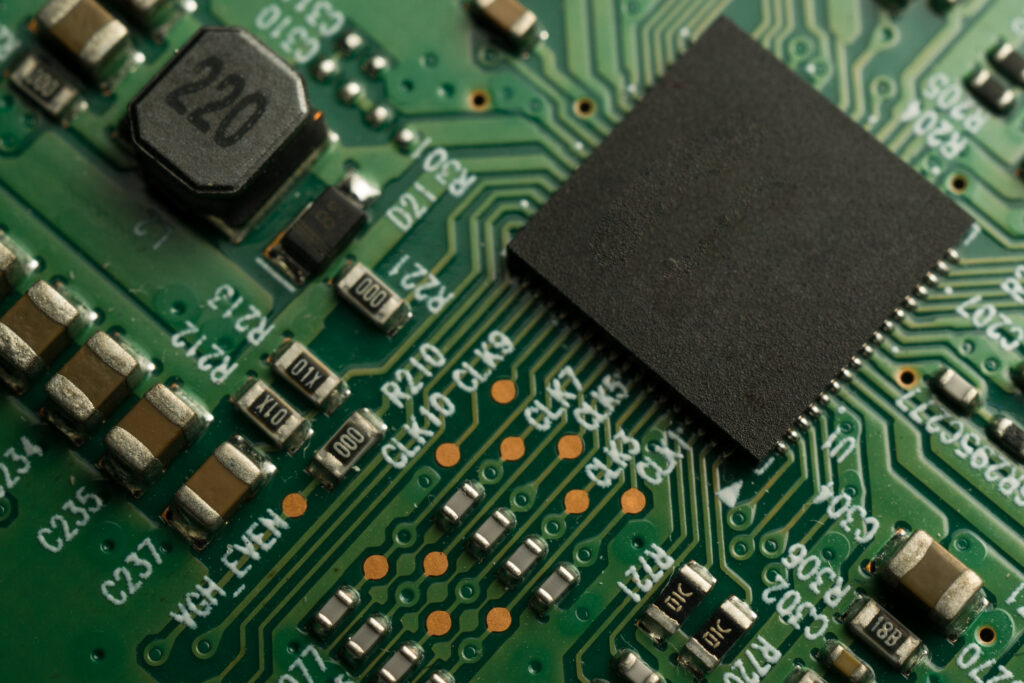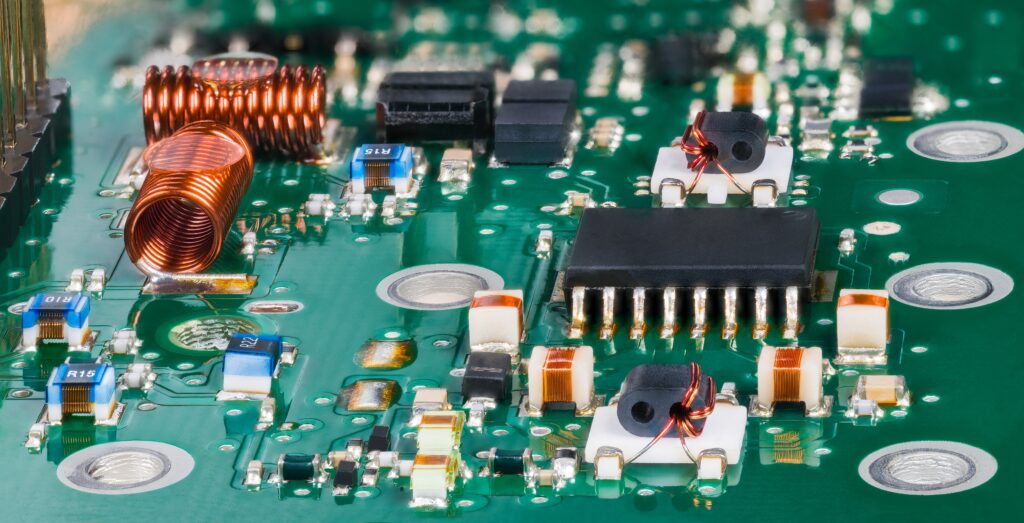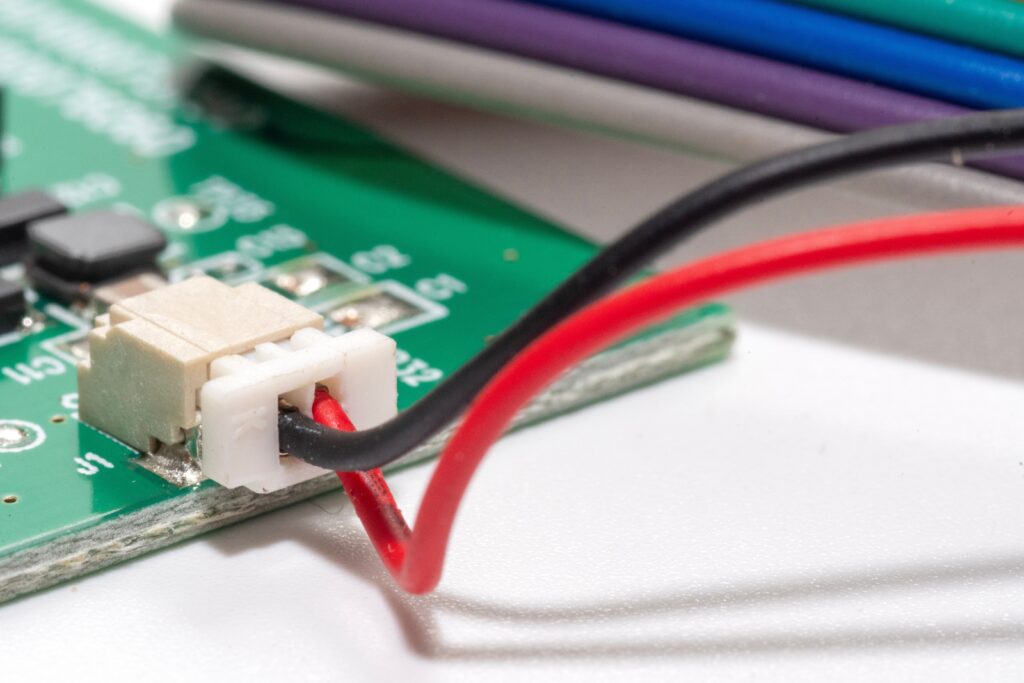Production Ramp up of Audio Products

From 10 units to 10s of Thousands of units, Sparkos Labs has enjoyed rapid growth thanks to Tracer’s focus on Design for Manufacturability and Engineering feedback. Company Overview Sparkos Labs, Inc. operates out of Westminster Colorado and specializes in high end audio components, design, and gear. The company’s competitive advantage resides in its ability […]
Consistent Quick-Turn Radio Boards

Establishing a new company and launching a new product requires a Quick-Turn PCB Assembly shop that delivers ON TIME, EVERY TIME. COMPANY OVERVIEW InLogis, Inc. designs and manufactures Distributed antenna systems (DAS) for enhanced indoor cellular & public safety radio reception, including amplifiers & kits, annunciators & fiber-optic links. PROBLEM It was early 2016. Owner/Founder […]
Reshoring High Speed Cable Connector Board Production

After tolerating slow production turnarounds and SMT placement issues with an offshore PCB Assembly shop, CCX Corporation turned to Tracer for a solution. Company overview CCX Corporation is a best in class, North American manufacturer of custom and high-speed cables and connectivity solutions. They produce custom cables according to customer specifications as well as high […]